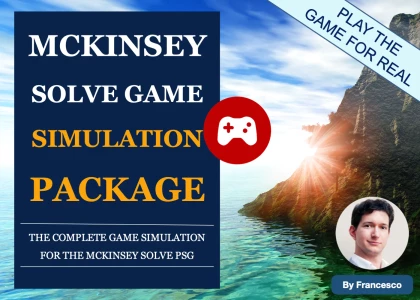Hello Community,
I have a question regarding taking pauses to think and order my thoughts during interviewer-led cases. To give you a concrete example. In the beginning, I tend to take my time and think of a structure and communicate it to the interviewer. Afterwards the case is led by the interviewer with his questions. In case the questions are more qualitatively, is it acceptable to always take a short pause, think and structure my answers to reply in a structured manner: e.g. For that question, I can think of 5 reasons why investing in abc would be a good idea: 1) edf, 2) xyz, ... etc.
The advantage is that I can always give well structured replys but it breaks in a way a dynamic back and forth between the interviewer and the interviewee.
In the other case, if I start answering directly, I can be obvious that I do my brainstorming on the fly but it feels like a real conversation.
Which behavior would you recommend and why?
Thank you for your help,
Arian













